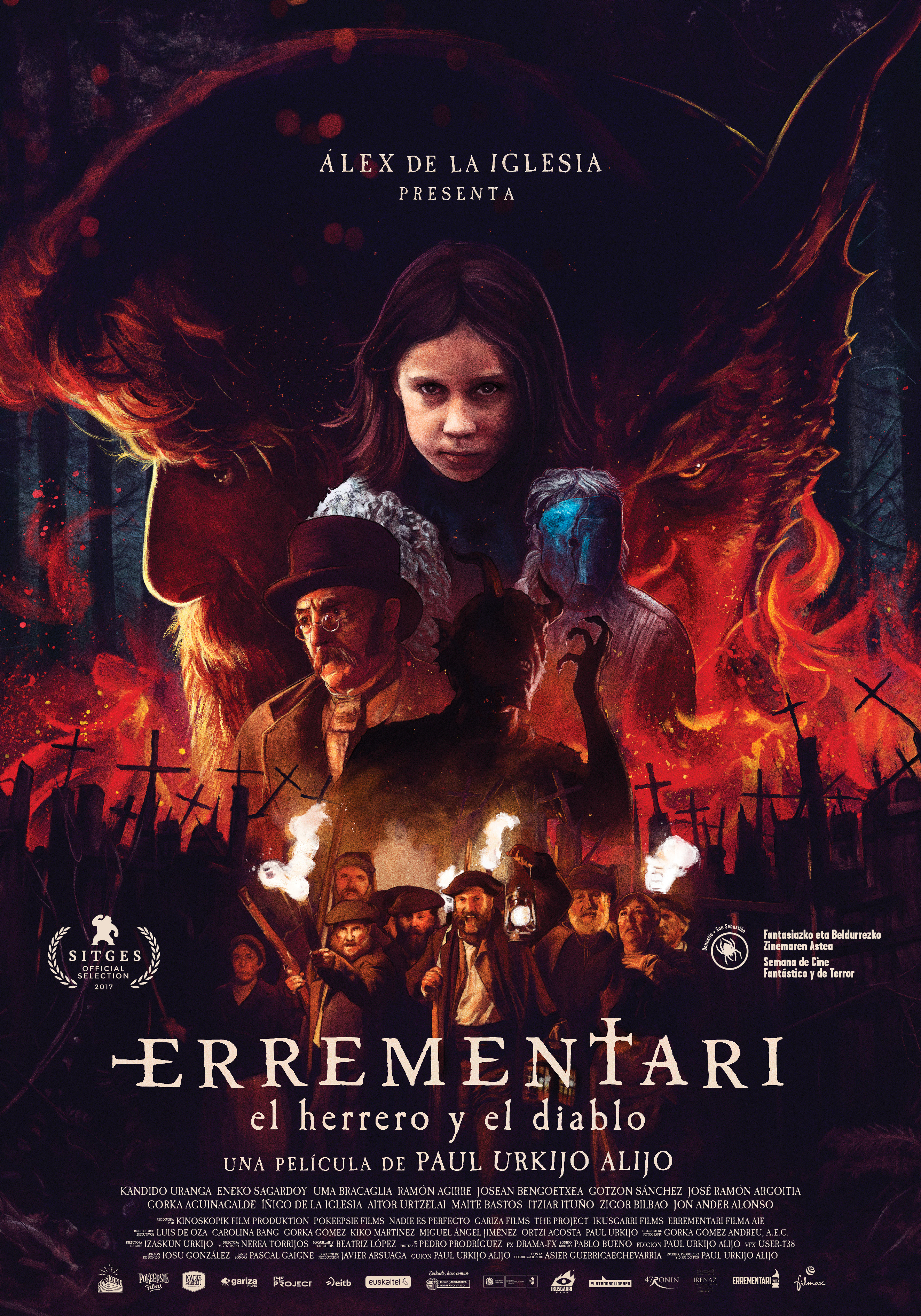-
Errementari el herrero y el diablo
una película de Pual Urkijo
-
Errementari el herrero y el diablo
una película de Pual Urkijo
-
Errementari el herrero y el diablo
una película de Pual Urkijo
-
Errementari el herrero y el diablo
una película de Pual Urkijo
-
Errementari el herrero y el diablo
una película de Pual Urkijo
-
Errementari el herrero y el diablo
una película de Pual Urkijo
-
Errementari el herrero y el diablo
una película de Pual Urkijo
-
Errementari el herrero y el diablo
una película de Pual Urkijo
-
Errementari el herrero y el diablo
una película de Pual Urkijo
-
Errementari el herrero y el diablo
una película de Pual Urkijo
-
Errementari el herrero y el diablo
una película de Pual Urkijo
-
Errementari el herrero y el diablo
una película de Pual Urkijo
-
Errementari el herrero y el diablo
una película de Pual Urkijo
-
Errementari el herrero y el diablo
una película de Pual Urkijo
-
Errementari el herrero y el diablo
una película de Pual Urkijo
-
Errementari el herrero y el diablo
una película de Pual Urkijo

Synopsis
It has been eight years since the first Carlist War of 1833. In a small village in Alava, a government commissioner named Alfredo investigates an event that leads to a sinister blacksmith in the depths of the forest, where a dangerous and lonely blacksmith lives Patxi. Villagers in the area tell dark stories about him related to robberies, murders and demonic pacts. Until accidentally an orphan girl called Usue gets to sneak into the mysterious smithy, uncovering the terrible truth behind Patxi the Blacksmith.
Legend
ERREMENTARI is inspired by a popular Basque tale about a blacksmith so cruel and smart who can deceive the devil him self. Registed in 1903, the tale belongs to a compendium of European fables about devils who fail to capture human souls and are punished by humans.
Tradition
The dialogues of ERREMENTARI are recited in Basque, maybe the most ancient language in Europe. Beside that, several linguists have worked to bring back the way of speaking in the Basque Country in the XIX century. A way to respect and recover the tradition and to and give to the film a unique sonority.
Crew
- Director / Zuzendaria
Paul Urkijo Alijo - Guión / Written by / Gidoia
Paul Urkijo Alijo - con la colaboración de / with the collaboration of Asier Guerricaechebarria
- Director de Fotografía AEC / Cinematographer AEC /Argazkigintza
Gorka Gómez Andreu - Dirección Artística / Art Direction / Arte zuzendaritza
Izaskun Urkijo - Diseño de Vestuario / Costume Designer / Jantziak
Nerea Torrijos
- Maquillaje / Makeup / Makilajea Beatriz López
- >Maquillaje FX / FX Makeup / FX Makilajea Pedro Rodríguez
- FX >Drama FX
- Sonido Directo / Sound / Soiniua >Pablo Bueno
- Montaje / Edited by / Montajea Paul Urkijo Alijo
- Posproducción de Sonido / Sound Mixer/ Soinu edizioa Iosu González
- Supervisor VFX / VFX Supervisor / VFX David Heras USER-T38
- Música / Music Pascal Gaigne
- Producción Ejecutiva / Executive Producers / Ekoizleak
Luis de Oza, Carolina Bang, Kiko Martinez, Gorka Gomez, Ortzi Acosta, M.A. Jimenez, Paul Urkijo - Director de Producción / Production Manager / Ekoizpen zuzendaria Javier Arsuaga
- Coordinador de Producción / Production Coordinator / Ekoizpen koordinatzailea >Luis de Oza
- Productores / producers/ Ekoizleak Álex de la Iglesia, Luis de Oza, Carolina Bang, Gorka Gómez, Kiko Martínez,Gorka Gomez, Ortzi Acosta, M.A. Jimenez, Paul Urkijo,